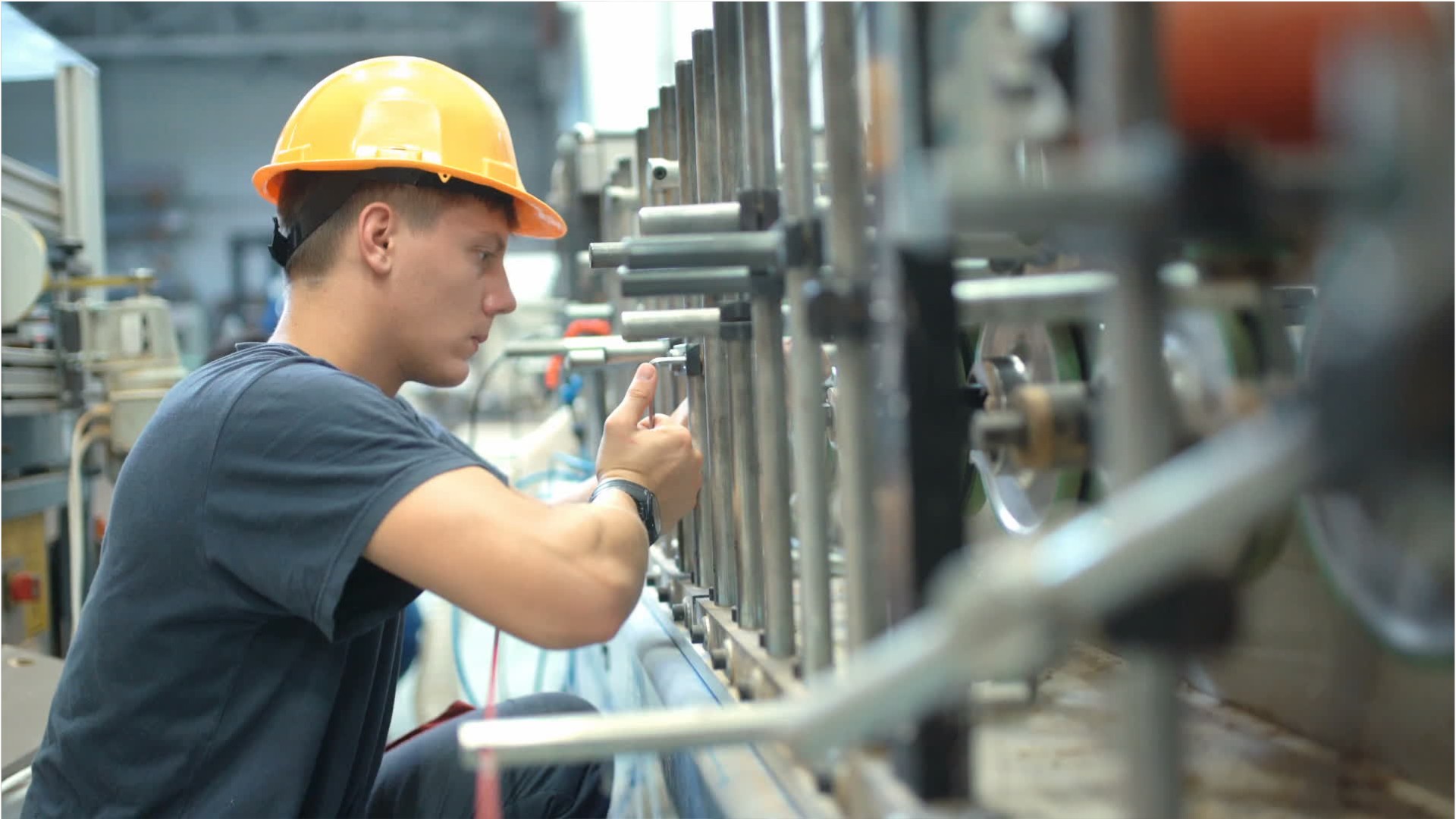Machinists
CNC Machinist (Computer Numeric Controlled Machinist), Machinist, Maintenance Machinist, Tool Room Machinist
 Select a military branch to see samples.
Select a military branch to see samples.
Aircraft Fabrication Superintendent; Aircraft Metals Technology; Aircraft Metals Technology Apprentice; Aircraft Metals Technology Craftsman; Aircraft Metals Technology Helper; Aircraft Metals Technology Journeyman; Aircraft Structural Maintenance; Aircraft Structural Maintenance Apprentice; Aircraft Structural Maintenance Craftsman; Aircraft Structural Maintenance Helper
Aircraft Structural Repairer; Allied Trades Specialist; Allied Trades Warrant Officer
Aviation Maintenance Technician; Gunner's Mate; Machinery Technician; Marine Safety Specialist Engineer; Naval Engineering Specialty
Aircraft Intermediate Level Hydraulic/Pneumatic Mechanic; Basic Aircraft Maintenance (Rotory-Wing); Fixed-Wing Aircraft Airframe Mechanic, F/A-18; Fixed-Wing Aircraft Loadmaster, KC-130; Fixed-Wing Aircraft Power Plants Mechanic, F-402; Fixed-Wing Aircraft Safety Equipment Mechanic, F/A-18; Helicopter Airframe Mechanic, UH/AH-1; Helicopter Power Plants Mechanic, T-400/T-700; Metal Worker; Tiltrotor Crew Chief, MV-22
Advanced Machinery Repairman; Aviation Structural Mechanic; Conversion NEC MR Machinery Repairman Basic; Hull Maintenance Technician; Hull Systems Technician; Machinery Repairman Apprentice; Machinist's Mate; NAMTS Outside Machinist; Ship Survivability Systems Maintainer; Steel Worker
Aircraft Metals Technology; Aircraft Metals Technology Apprentice; Aircraft Metals Technology Craftsman; Aircraft Metals Technology Helper; Aircraft Metals Technology Journeyman
What they do:
Set up and operate a variety of machine tools to produce precision parts and instruments out of metal. Includes precision instrument makers who fabricate, modify, or repair mechanical instruments. May also fabricate and modify parts to make or repair machine tools or maintain industrial machines, applying knowledge of mechanics, mathematics, metal properties, layout, and machining procedures.
On the job, you would:
- Calculate dimensions or tolerances, using instruments, such as micrometers or vernier calipers.
- Machine parts to specifications, using machine tools, such as lathes, milling machines, shapers, or grinders.
- Measure, examine, or test completed units to check for defects and ensure conformance to specifications, using precision instruments, such as micrometers.
Knowledge
Math and Science
- arithmetic, algebra, geometry, calculus, or statistics
Engineering and Technology
- mechanical
- design
Manufactured or Agricultural Goods
- manufacture and distribution of products
Skills
Basic Skills
- keeping track of how well people and/or groups are doing in order to make improvements
- thinking about the pros and cons of different ways to solve a problem
Problem Solving
- noticing a problem and figuring out the best way to solve it
Abilities
Hand and Finger Use
- hold or move items with your hands
- keep your arm or hand steady
Controlled Movement
- quickly change the controls of a machine, car, truck or boat
- change when and how fast you move based on how something else is moving
Ideas and Logic
- notice when problems happen
- use rules to solve problems
Personality
People interested in this work like activities that include practical, hands-on problems and solutions.
They do well at jobs that need:
- Cautiousness
- Attention to Detail
- Dependability
- Achievement Orientation
- Perseverance
- Integrity
Technology
You might use software like this on the job:
Computer aided manufacturing CAM software
- Dassault Systemes SolidWorks
- Mastercam computer-aided design and manufacturing software
Presentation software
- Microsoft PowerPoint
Computer aided design CAD software
- Autodesk AutoCAD
- Dassault Systemes CATIA
Education
Education: (rated 3 of 5)
high school diploma/GED or
certificate after high school
usually needed
certificate after high school
usually needed
Job Outlook
Below Average
New job opportunities are less likely in the future.
Explore More
- Computer Numerically Controlled Tool Operators
- Computer Numerically Controlled Tool Programmers
- Lathe & Turning Machine Tool Setters, Operators, & Tenders, Metal & Plastic
- Milling & Planing Machine Setters, Operators, & Tenders, Metal & Plastic
- Tool & Die Makers
You might like a career in one of these industries:
See more details at O*NET OnLine about Machinists.






